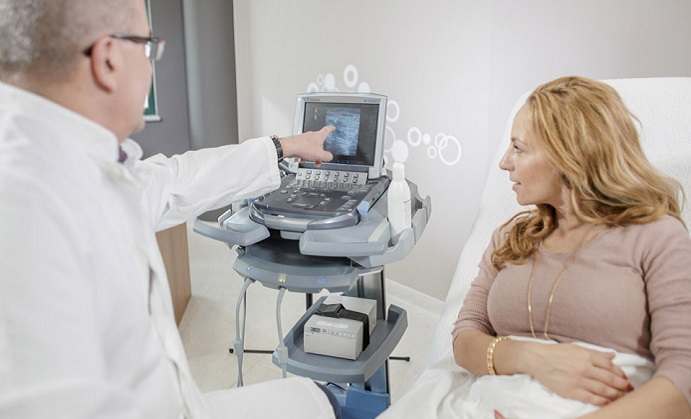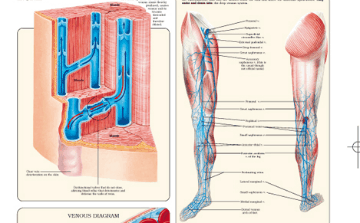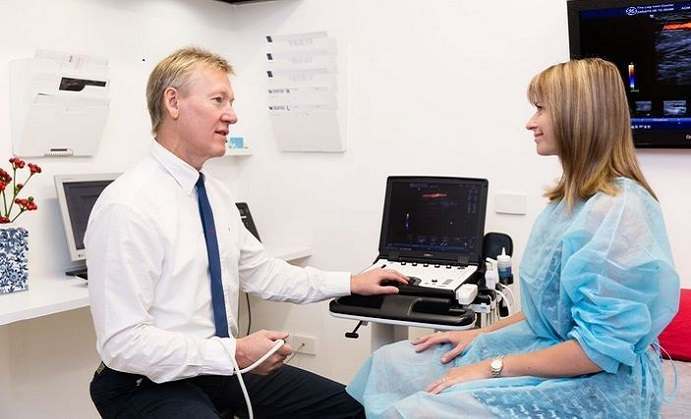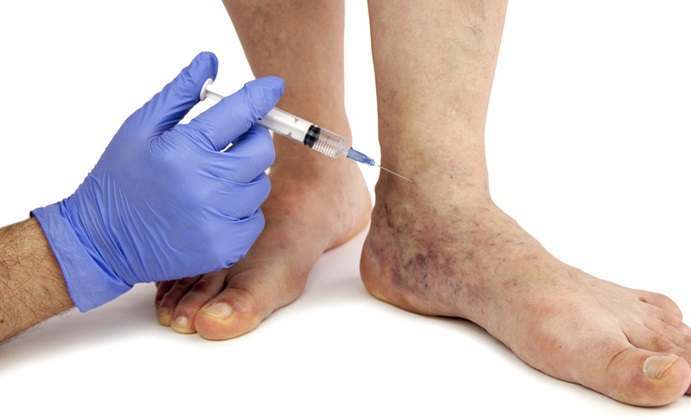Varicose veins are enlarged and/or twisted veins, often caused by reduced or interrupted blood flow in certain parts of the body. When a person is healthy, blood smoothly flows through the entire venous system. Due to some conditions, like physical traumas or diseases, the functionality of some parts of the venous system can be disrupted, which can cause coagulation. This often leads to varicose veins and related complications.
Varicose veins are prone to complications and serious conditions, which can often cause chronic pain and venous related diseases like ulcers, localized bleeding, venous eczema, and thrombophlebitis. Prevention is the key with these kinds of conditions because they are not easily treated in more advanced stages. Although varicose veins quite often get affected with complicated venous diseases, it is not always the case.
Various Kinds of Complicated Venous Diseases
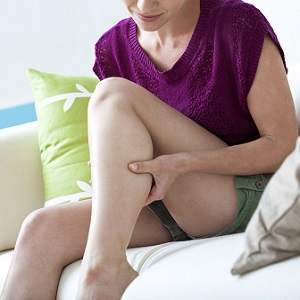 There are numerous different complicated venous diseases. Venous thrombosis is one of them, and it’s a common condition. Thrombosis is the term for a clot of coagulated blood inside a blood vessel. Venous thrombosis is caused by disturbed vein walls and valves functionality. As the clot interrupts the blood circulation, it is extremely dangerous if it forms in longer veins, like the ones in the arms and legs. There are several risk factors for venous thrombosis such as advanced age, orthopedic surgery, heart and lung condition, immobilization, physical trauma and leg injury. Since venous thrombosis is age related, it usually affects people older than forty.
There are numerous different complicated venous diseases. Venous thrombosis is one of them, and it’s a common condition. Thrombosis is the term for a clot of coagulated blood inside a blood vessel. Venous thrombosis is caused by disturbed vein walls and valves functionality. As the clot interrupts the blood circulation, it is extremely dangerous if it forms in longer veins, like the ones in the arms and legs. There are several risk factors for venous thrombosis such as advanced age, orthopedic surgery, heart and lung condition, immobilization, physical trauma and leg injury. Since venous thrombosis is age related, it usually affects people older than forty.
If deeper veins are affected by thrombosis, it can lead to post-phlebitic syndrome associated with complications like swollen legs, ulcers, eczema, and changes in skin color.
Dermatitis ochre (or dermatitis stasis) is a skin condition also associated with venous disorders. It is localized in the lower limbs, often on the inner parts of the ankles or the lower front parts of the shins. This is a condition that initially appears as reddish or purple patches, which will later turn a rusty brown color. It can cause itchiness and flaky skin and it might lead to ulceration.
Besides dermatitis ochre, bleeding is quite often a complication that can occur after an unhealthy vein gets extremely large and breaks the skin. It is very painful and the wound can easily get infected.
 When blood pressure rises, it can divide the coagulated blood and turn the clot into embolus – pieces of a blood clot. Emboli are smaller in size and they can move to deeper systemic blood vessels, causing more danger to the blood circulation and metabolic processes. They can even reach the vital organs, lungs and heart for example.
When blood pressure rises, it can divide the coagulated blood and turn the clot into embolus – pieces of a blood clot. Emboli are smaller in size and they can move to deeper systemic blood vessels, causing more danger to the blood circulation and metabolic processes. They can even reach the vital organs, lungs and heart for example.
If emboli reach the lungs they can cause a life-threatening condition, known as Pulmonary Embolism.
Although various venous disorders take time to develop enough to jeopardize vital functions of the organism, you should pay attention to any early symptoms, such as pain when standing and sitting, and swollen legs. It is important to address these and other symptoms as soon as possible, to prevent any further complications. With time, bigger parts of the vein will be affected, and it will lead to serious conditions if not treated properly.


